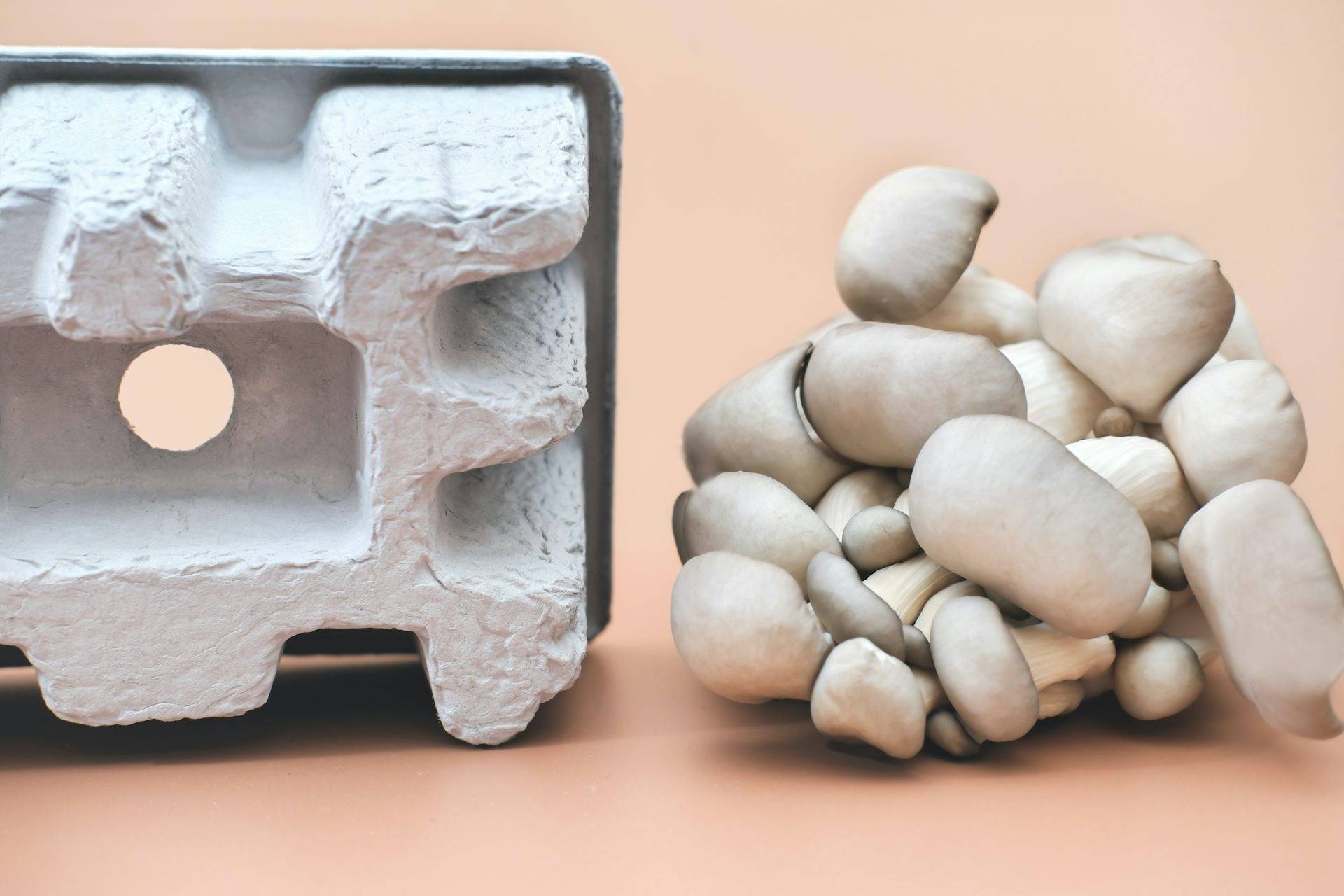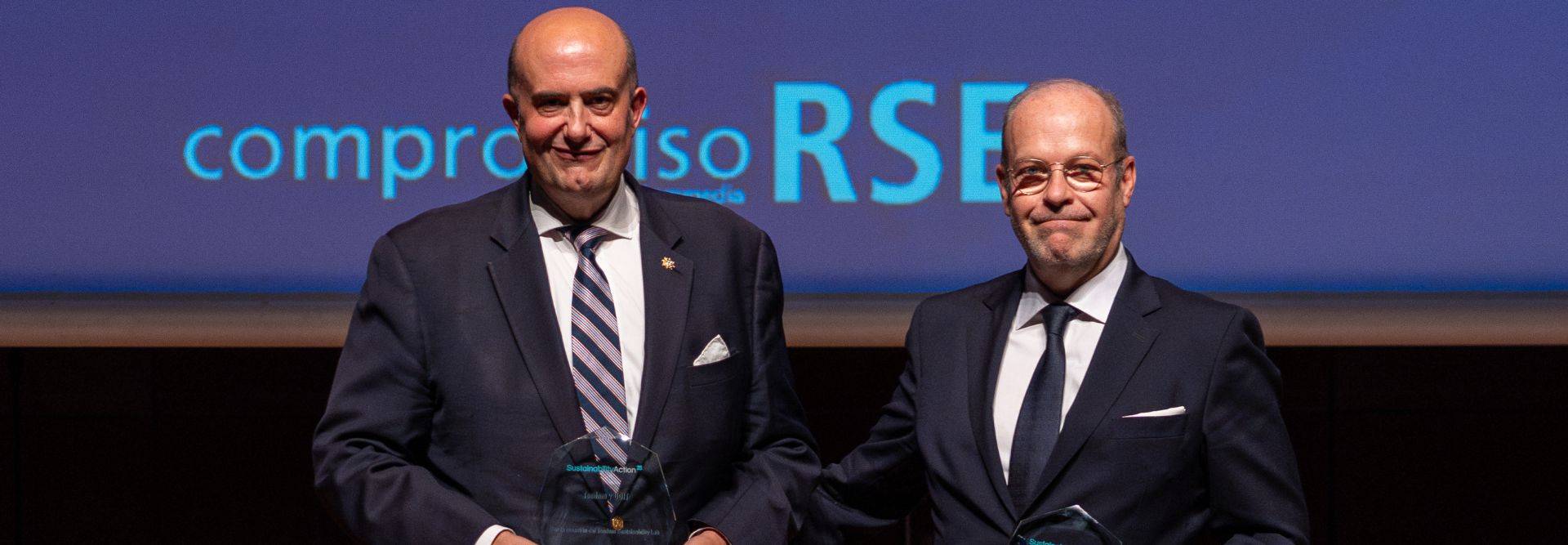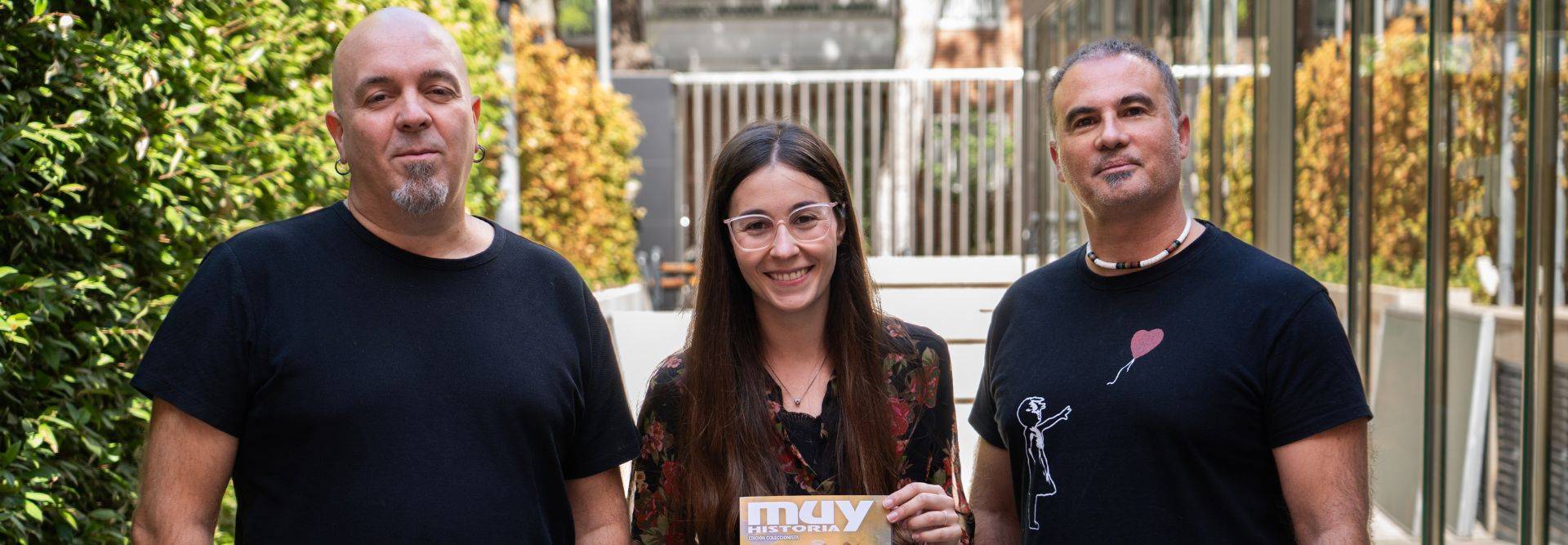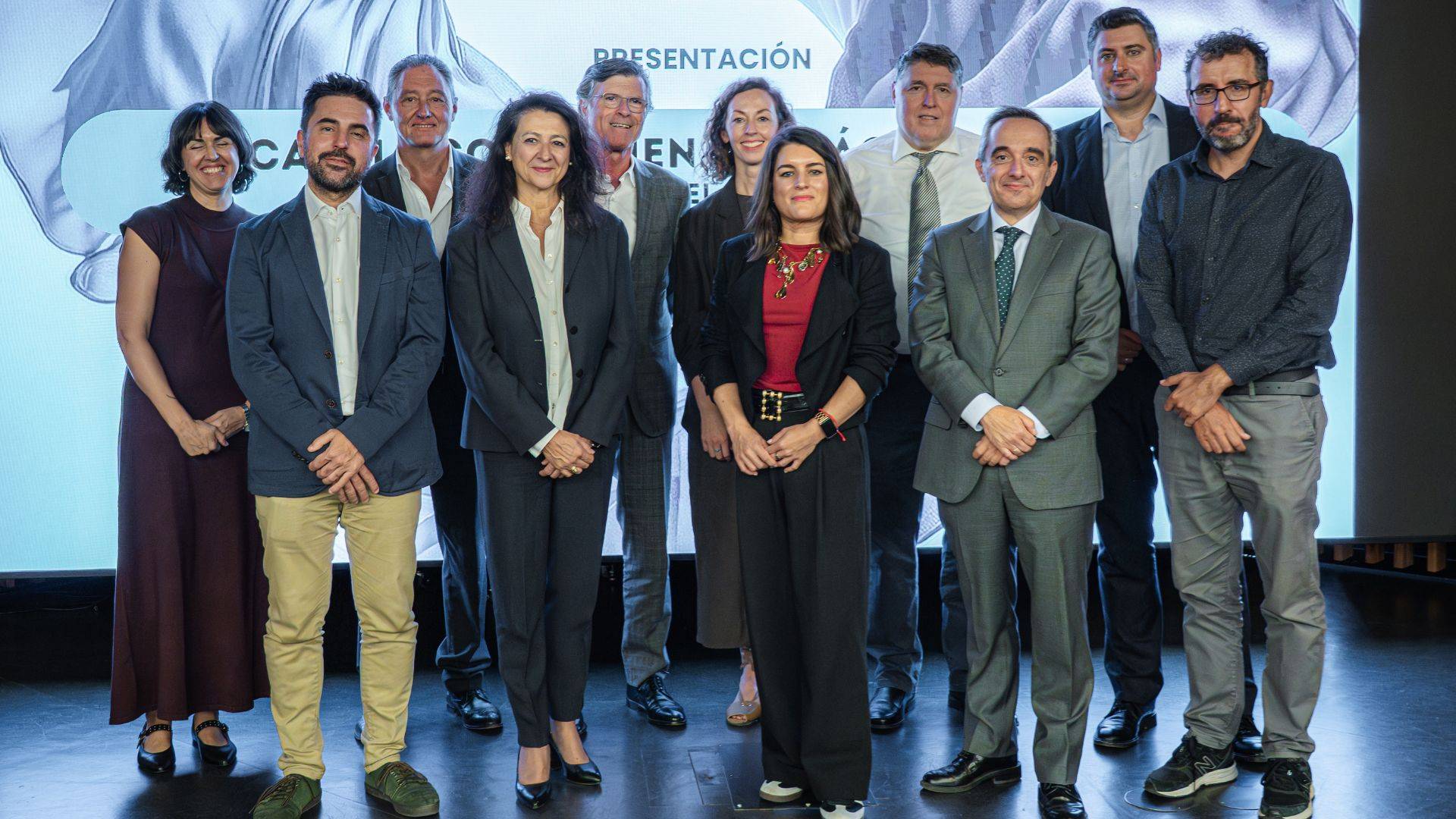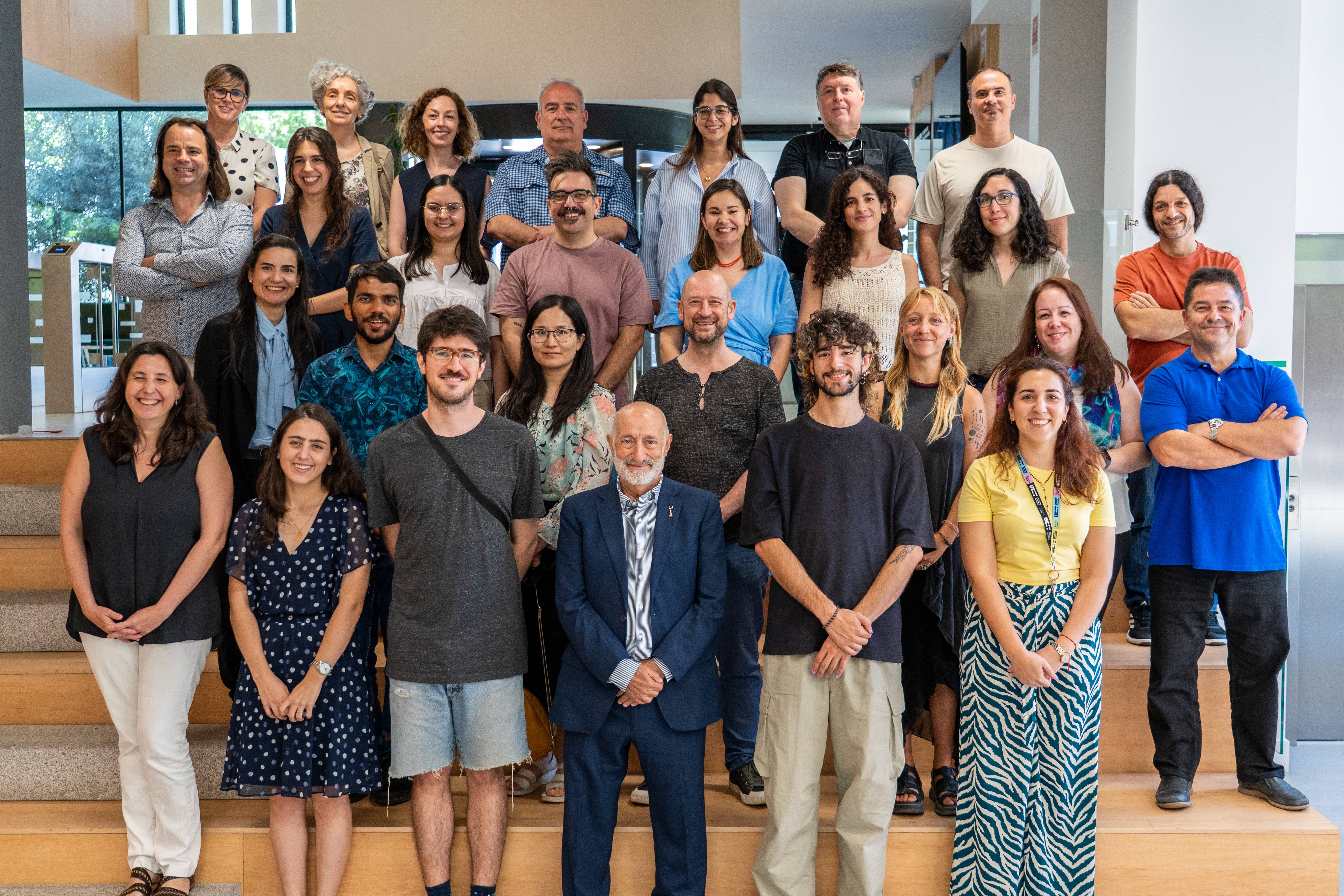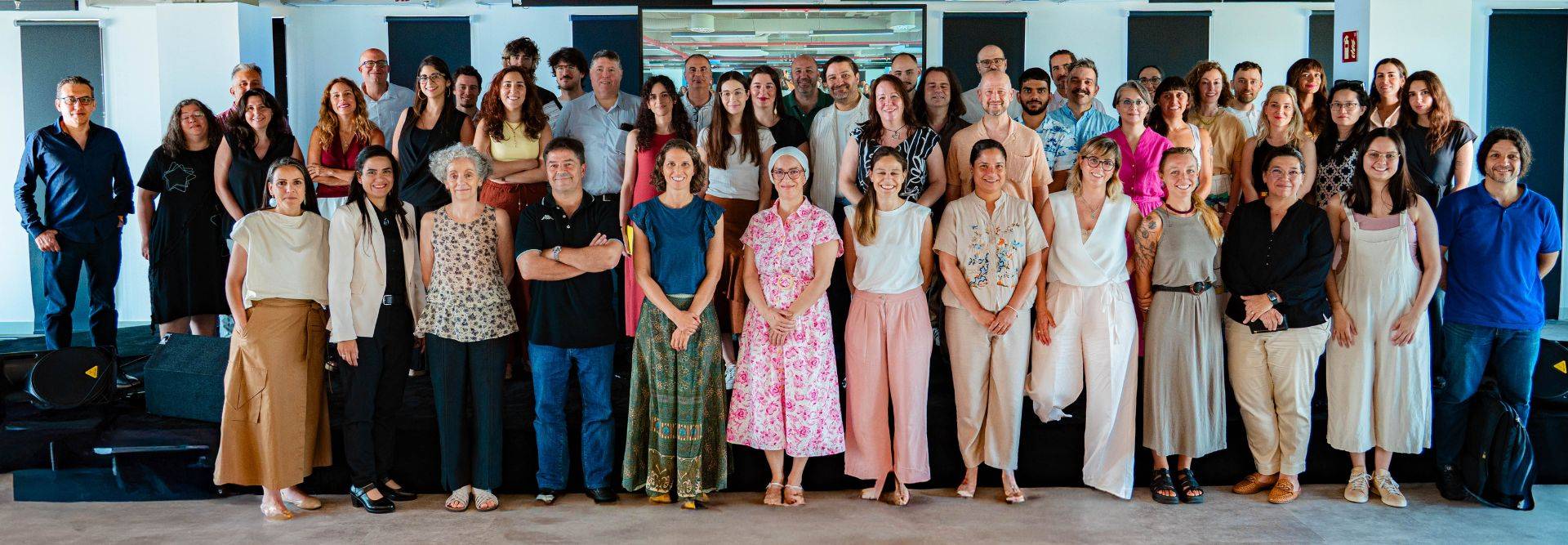Mushrooms, an alternative to plastic for making biodegradable packaging
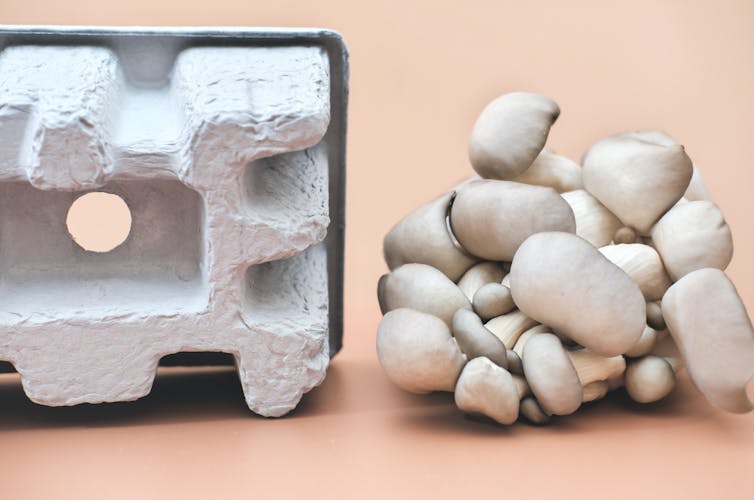
Montserrat Pichel Martínez, UDIT - University of Design, Innovation and Technology
Packaging is present in our daily lives,from the cardboard box that transports parts in the automotive industry to the yoghurt cup we drank this morning. Packaging has been with us in the past, is with us today and will be with us in the future.
The current concern for the environment and real sustainability, far removed from greenwashing policies, is growing in society and has placed packaging and its environmental impact in a complex situation.
Without going any further, in 2017 the European Commission made a commitment to ensure that by 2030 all plastic packaging will be recyclable. This is directly linked to the challenge of reducing carbon emissions by 55% compared to 1990.
In addition, new regulations aim to create a circular economy by 2050, directly influencing single-use plastics and reducing persistent chemicals in plastics. All of this is aligned with the Sustainable Development Goals (SDGs) of the United Nations 2030 Agenda.
Under these premises, industry and companies are striving to optimise, reduce or adapt their packaging in order to be more sustainable.
Mushrooms as a sustainable alternative
In 2021, an average of 189 kg of packaging was consumed per person in Europe. Of this, plastics accounted for 25.91 kg per person. These figures are increasing. Within plastics, expanded polystyrene (EPS) is widely used in packaging due to its good thermal insulation properties, impact resistance and light weight. However, its petroleum-derived nature severely limits its biodegradation, which is estimated to take between 500 and 800 years.
As a good alternative to the use of these plastics, we find micomaterials or mycocomposites. These are a combination of mycelium, a fungal structure, with other low-cost cellulosic plant sources such as sawdust, straw, hemp and coconut fibre.
The mycelium is composed of a network of fine root-like filaments, called hyphae, which spread through the soil. It is inert, fast-growing and regenerative. In cellulosic media, the mycelium remains attached to the substrate and is able to digest it. The result is a solid, natural material. Its interest lies in three main axes:
- It is 100% sustainable: it is biodegradable in the environment and even capable of nourishing other plant species.
- It makes use of natural resources: it has a minimal environmental impact and uses low extraction and manufacturing energy.
- It is very versatile: it adapts to complex shapes and sizes.
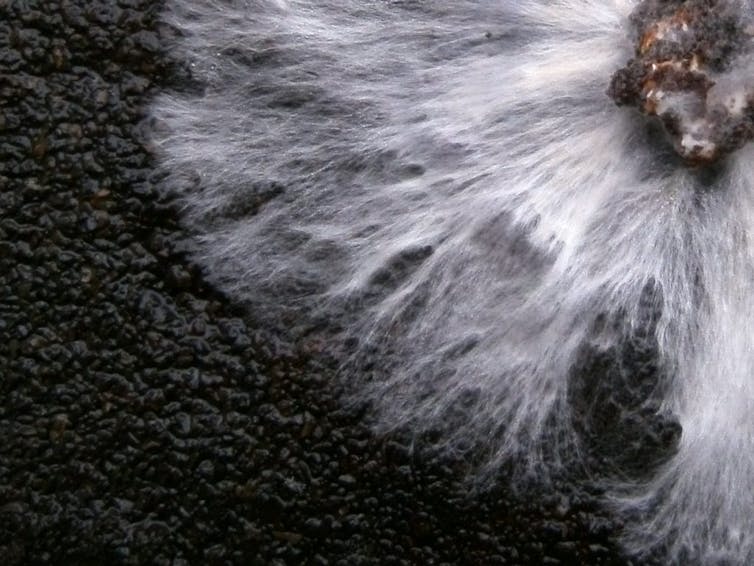
Contribution to the circular economy
Mycocomposites are lightweight (with densities similar to expanded polystyrene), have good shock absorption capacity and good acoustic properties. All this makes them good candidates for the packaging sector.
In addition, due to their good compostability, the use of mycocomposites allows them to be integrated into the plant environment after their life cycle, acting as fertilisers for the soil. In other words, this is a material with an infinite cycle that contributes to the circular economy and to a system of upcycling or suprarecycling of products.
However, not everything is gold in this material. Its heterogeneous and vegetal appearance, its velvety texture and its finish, which is highly dependent on the manufacturing conditions, make users reluctant to use it. Therefore, good packaging design is essential to break down the barriers to access and facilitate market and industry acceptance.
Micro-design: how to increase acceptance
The main objective of product design is to solve problems and meet people's needs, proposing products that are functional, innovative, comprehensible, accessible and durable, but also aesthetic and attractive.
The choice and application of materials is crucial in a good product. They can even be key in the strategy for product innovation and redefinition.
The inclusion of myco-materials in the industry must address consumer perception, finding a balance between novelty and tradition, so that their new aesthetics can be accepted. In addition, effective communication is necessary, incorporating a clear message of product utility, benefits and origin of the materials.
Companies such as Ecovative, Mogu or Grown bio are leading the way in the incorporation of mycelium in products. Their proposals are focused on products that make the most of the properties of mycomaterials through a careful, honest and friendly design. These strategies facilitate the positive perception of mycomaterials, bringing them closer to the user and, therefore, facilitating their future incorporation into industry.
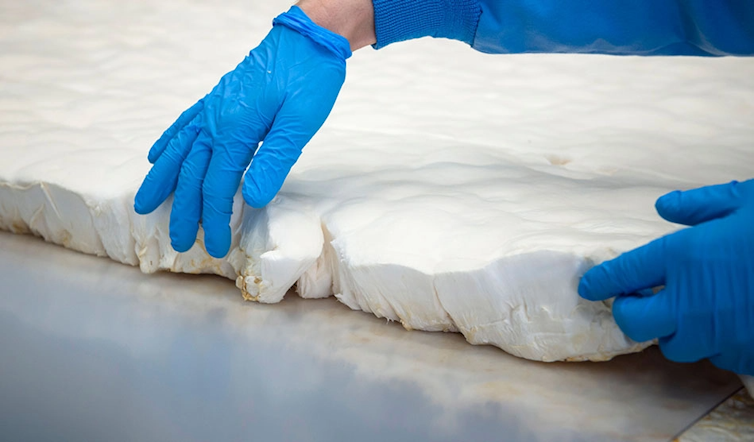
The keys to packaging based on mycelium
Mycocomposites are a good alternative as a substitute for plastic in the packaging sector. By taking advantage of their lightness and shock absorption capacity, new environmentally friendly packaging systems with a low carbon footprint can be created. Moreover, the use of agro-industrial waste (straw, hemp, coconut fibre...) in their manufacture favours other industrial sectors and their economy.
Barriers that may arise in their implementation and use can be solved through design. Understanding people's concerns is fundamental to propose products that are honest with their nature and that meet both the functional and emotional needs of users.
Montserrat Pichel Martínez, Researcher in Integral Sustainable Design. Biomaterials, design and society, UDIT - University of Design, Innovation and Technology.
This article was originally published in The Conversation.
Read the original.

